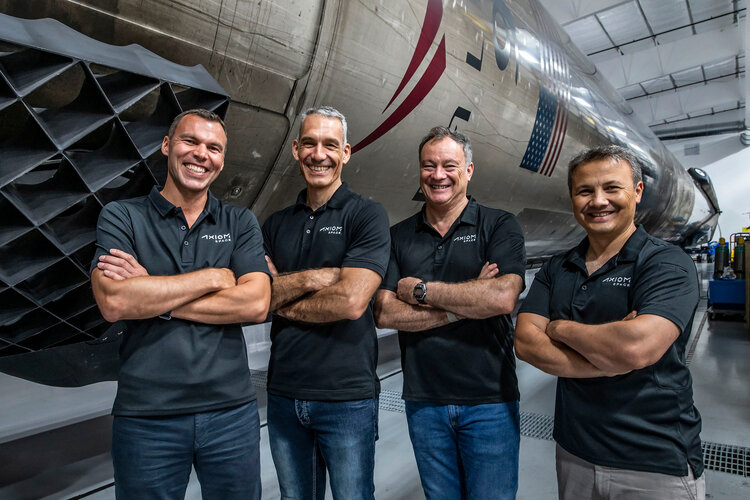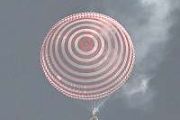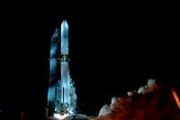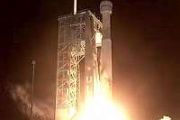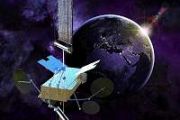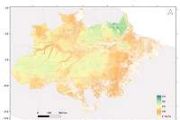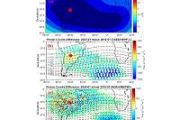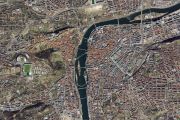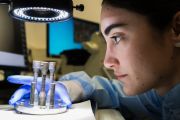
Copernical Team
ESA leads the way towards a Zero Debris future

Demonstrating connectivity’s latest technologies
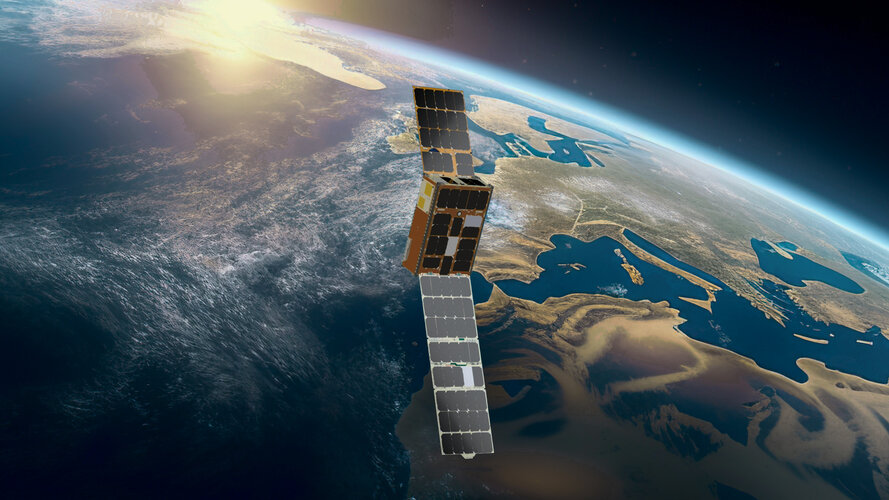
A satellite has been launched that will demonstrate the latest technologies for connectivity and for Earth observation. The ALISIO-1 satellite was developed under an ESA Pioneer Partnership Project with satellite manufacturer and operator Open Cosmos, based at Harwell in the UK.
Geminids meteor shower peaks this week under dark skies

Clean water for space and Earth
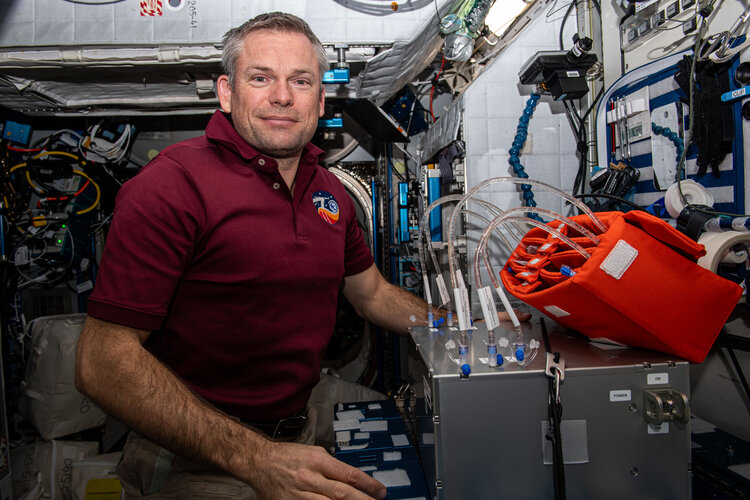
Access to clean water is essential for humans. ESA astronaut Andreas Mogensen is helping to understand how to do it efficiently and at larger scales by testing water filtration membranes on the International Space Station as part of his Huginn mission.
Webb identifies tiniest free-floating brown dwarf

Discovery helps answer the question: How small can you go when forming stars?
Brown dwarfs are sometimes called failed stars, since they form like stars through gravitational collapse, but never gain enough mass to ignite nuclear fusion. The smallest brown dwarfs can overlap in mass with giant planets. In a quest to find the smallest brown dwarf, astronomers using the NASA/ESA/CSA James Webb Space Telescope have found the new record-holder: an object weighing just three to four times the mass of Jupiter.
HyImpulse hybrid rocket motor test
 Video:
00:00:28
Video:
00:00:28
Testing the 75kN hybrid rocket motor made by HyImpulse at German Aerospace Center, DLR’s Lampoldshausen facility in Germany, based on a low-cost hybrid propulsion technology. The rocket motor uses "space-grade candle wax" and liquid oxygen as propellants.
HyImpulse Technologies, based in Neuenstadt am Kocher in Southern Germany is developing a three-stage small launcher. Their three-stage launch vehicle, called SL1, will also be powered by green hybrid propulsion technology, using liquid oxygen and paraffin as propellants. The lightweight rocket is designed to launch small satellites up to 500 kg out to low-Earth orbit.
HyImpulse technologies was one of the first
Particle physicists put forward research priorities for coming decade
 A panel of the nation's top particle physicists, chaired by University of California, Berkeley, theoretician Hitoshi Murayama, has issued its final report recommending how the U.S. government should commit its high-energy physics research funds for the next decade and beyond, focusing on neutrinos, dark matter and the cosmic microwave background.
The report by the Particle Physics Project
A panel of the nation's top particle physicists, chaired by University of California, Berkeley, theoretician Hitoshi Murayama, has issued its final report recommending how the U.S. government should commit its high-energy physics research funds for the next decade and beyond, focusing on neutrinos, dark matter and the cosmic microwave background.
The report by the Particle Physics Project NASA Sensor Produces First Global Maps of Surface Minerals in Arid Regions
 NASA's EMIT mission has created the first comprehensive maps of the world's mineral dust-source regions, providing precise locations of 10 key minerals based on how they reflect and absorb light. When winds loft these substances into the air, they either cool or warm the atmosphere and Earth's surface, depending on their composition. Understanding their abundance around the globe will help resea
NASA's EMIT mission has created the first comprehensive maps of the world's mineral dust-source regions, providing precise locations of 10 key minerals based on how they reflect and absorb light. When winds loft these substances into the air, they either cool or warm the atmosphere and Earth's surface, depending on their composition. Understanding their abundance around the globe will help resea New project will take a step towards answering whether gravity is quantum
 Scientists are developing an experiment to test whether gravity is quantum - one of the deepest questions about our universe.
General relativity and quantum mechanics are the two most fundamental descriptions of nature we have. General relativity explains gravity on large scales while quantum mechanics explains the behaviour of atoms and molecules.
Arguably the most important unsolve
Scientists are developing an experiment to test whether gravity is quantum - one of the deepest questions about our universe.
General relativity and quantum mechanics are the two most fundamental descriptions of nature we have. General relativity explains gravity on large scales while quantum mechanics explains the behaviour of atoms and molecules.
Arguably the most important unsolve 
